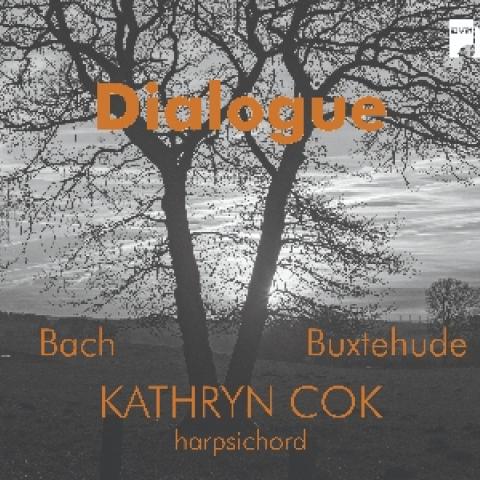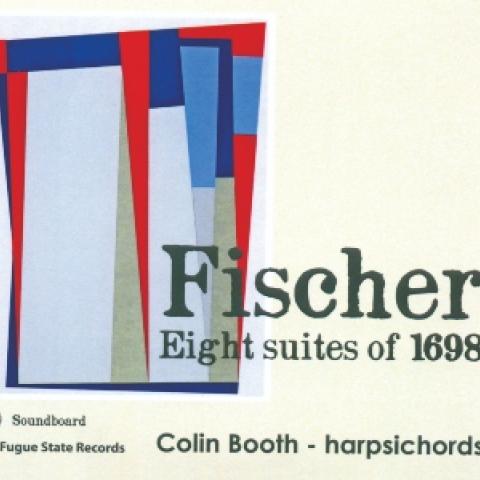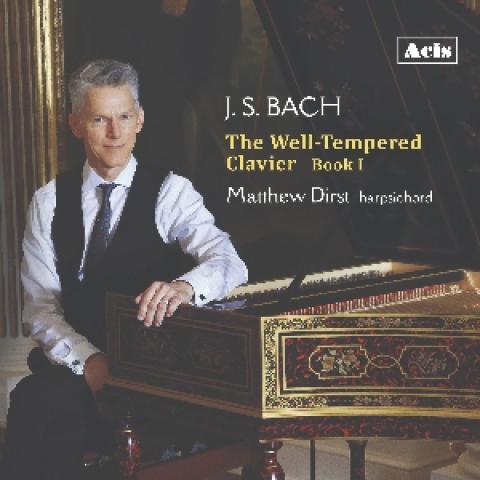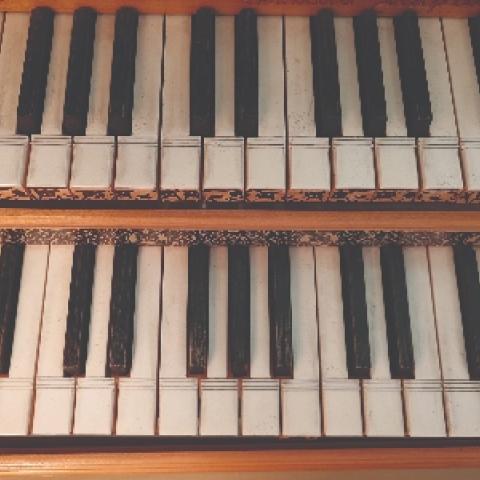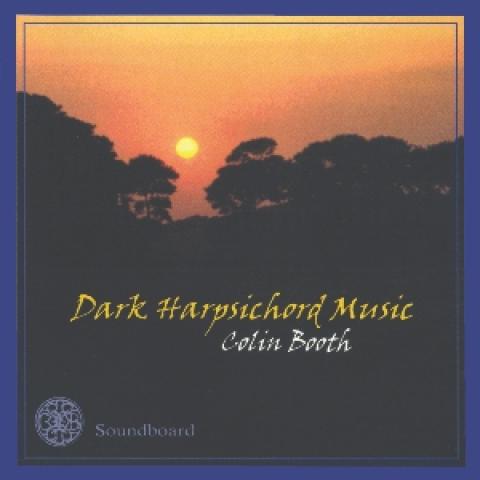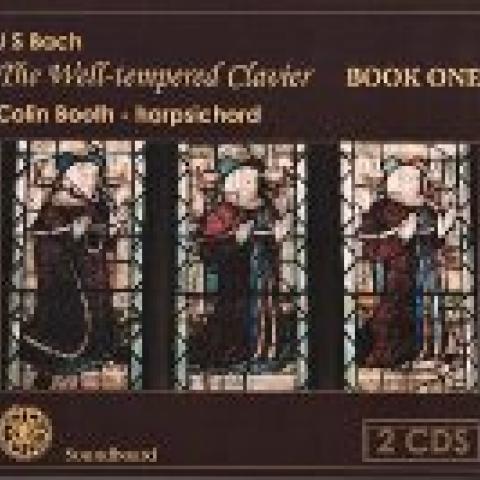A member of The Diapason’s 20 Under 30 Class of 2021, Curtis Pavey is a graduate of the doctoral program at the University of Cincinnati where he studied harpsichord under Michael Unger and piano under James Tocco. In fall 2023, he joined the faculty of the University of Missouri as assistant professor of piano pedagogy and performance. More information is available at www.curtispavey.com.

Johann Sebastian Bach: Partitas, BWV 825–830, Wolfgang Rübsam, Lute-Harpsichord. Brilliant Classics 2-CD set, 96464, $14.99, available from arkivmusic.com and amazon.com.
Wolfgang Rübsam, previously professor of church music and organ at Northwestern University, Evanston, Illinois, recently released a new recording of Johann Sebastian Bach’s partitas, BWV 825–830. Completed at Immanuel Lutheran Church in Valparaiso, Indiana, in November 2020, the recording features a beautiful lautenwerk (lute-harpsichord) built by Keith Hill. Rübsam, internationally known for his Bach interpretations, plays on this two-CD set with a gorgeous singing touch, which allows one to hear these works in a brand new light.
The lautenwerk may be unfamiliar to many listeners, but it was not unfamiliar to Bach, who owned two of these instruments according to records from 1750. The instrument on this recording was the last of five that Hill built, each of which are different. This lautenwerk has a single manual and one set of gut strings, as well as two sets of jacks. The instrument includes a 4′ set of strings, which are used for sympathetic vibration, adding an expressive resonance to any performance. Tuned in Valotti, the instrument is captured here beautifully, allowing one to pick up on sensitive nuances in touch and color. Rübsam clearly enjoys performing on this instrument, and he shows it by savoring the plentiful resonance in the rich lower register. A demonstration of the instrument is available on YouTube in a recording from a masterclass, which was posted by the Western Early Keyboard Association. Additional details about the instrument can be discovered on Rübsam’s website, including a post directly from Keith Hill (≈).
Liner notes, originally in German by Christian von Blohn, were translated by Marjolein Thickett. The notes help to contextualize the partitas, including information about the publication order and Bach’s original intentions in composing these pieces. Although the liner notes do not significantly discuss the lautenwerk and Bach’s relationship with the instrument, they help to illuminate the works within the period they were written.
Rübsam’s performance of these pieces makes for excellent listening. After hearing the complete recording, I was frequently drawn to the slower dances, especially the allemandes and sarabandes of each partita. The style luthé textures, found for instance in the “Allemande” from the Partita in B-flat Major, come alive on this instrument in a particularly expressive manner. His sensitive approach to dissonance and the color changes he creates for dramatic harmonic shifts are especially appropriate in these pieces. Other highlights from the recording are the beautiful “Allemande” from the fourth partita and the “Sarabande” from the final partita. At times, Rübsam plays with more moderate tempos in certain dances, probably to accommodate the resonance of the instrument and to his rhetorical approach to music making. In these moments, Rübsam reveals musical details that are frequently ignored by other artists.
This recording of Bach’s partitas is truly thought-provoking and exquisite. Rübsam’s sensitive approach and bef touch make this an easy recommendation for any lover of Bach’s keyboard partitas.

